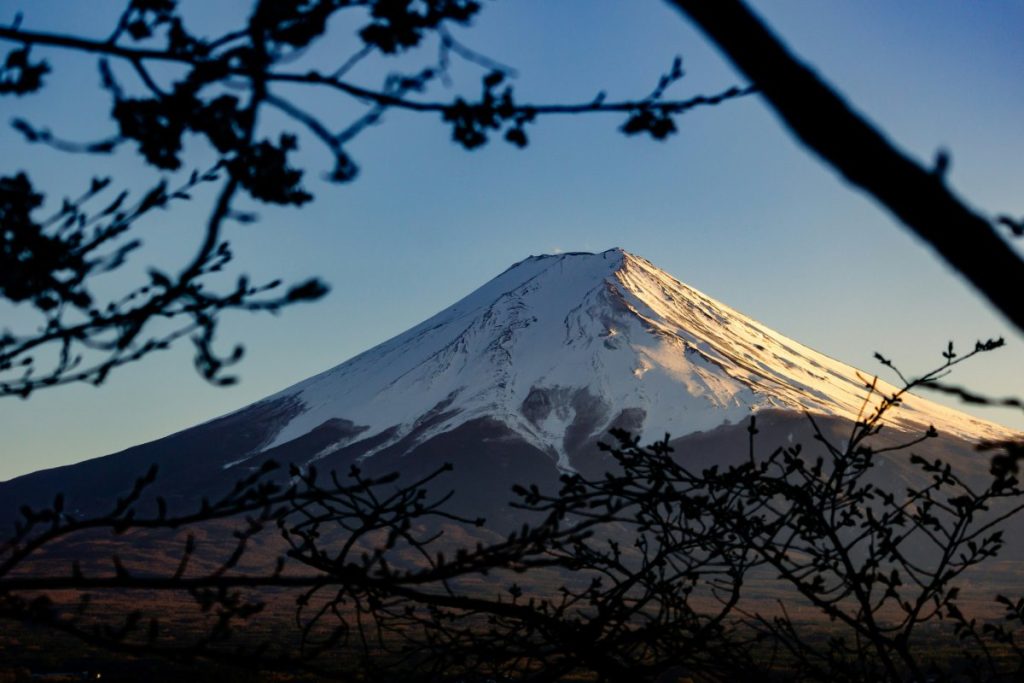Japan is experiencing a tourism boom driven by a weak yen, with a record 35 million foreign visitors expected this year and tourism spending projected to reach unprecedented levels of JPY 8 trillion ($51 billion). The government has ambitious plans to attract 60 million visitors annually by 2030, with spending expected to soar to JPY 15 trillion ($96 billion). However, the surge in visitors has led to challenges related to “overtourism,” such as traffic jams, pollution, and reports of tourist misbehavior in popular destinations like Kyoto and Fujikawaguchiko.
To address concerns related to overtourism and spread tourism benefits beyond major cities, the government is considering a financial support program to expand flights to regional airports and raising awareness of expected tourist behavior. The government aims to add six more areas by the end of the year and compile guidelines to manage overtourism. The 2024 white paper on tourism highlighted the need to draw more visitors to rural areas to reduce the pressure on major cities like Tokyo, Osaka, and Nagoya, where 70% of foreign tourists currently stay.
The latest figures show a record 17.8 million foreign visitors in the first half of 2024, with a 66% jump from the previous year and a 7% increase over 2019 levels. The weak yen has significantly boosted foreign tourist spending, reaching JPY 2.1 trillion ($13.4 billion) from April to June. Each visitor spent an average of JPY 238,722 during their trip, with spending allocation shifting from shopping to accommodation, possibly due to the recovering number of Chinese tourists.
China, South Korea, and Taiwan are among the top countries contributing to the surge in tourist arrivals in Japan. South Korea topped the list with 703,300 visitors in June, followed by China with 660,900 visitors – more than triple the previous year. Taiwan came in third with 574,500 visitors, up 48% from the same period last year. Shopping accounted for 31% of visitor spending, while accommodation expenses made up 33%, reflecting a shift from previous years due to the recovering number of Chinese tourists.
In response to the surge in tourist arrivals, Japan plans to introduce a new “pre-clearance” system from January next year to streamline the entry process for visitors. The new system, which was trialed in Taiwan earlier this year, includes document checks and pre-screening at departure airports to simplify immigration procedures upon arrival in Japan. The country aims to balance the economic gains from increased tourism with the challenges of overtourism, encouraging sustainable tourism practices to ensure a positive experience for both visitors and residents.















